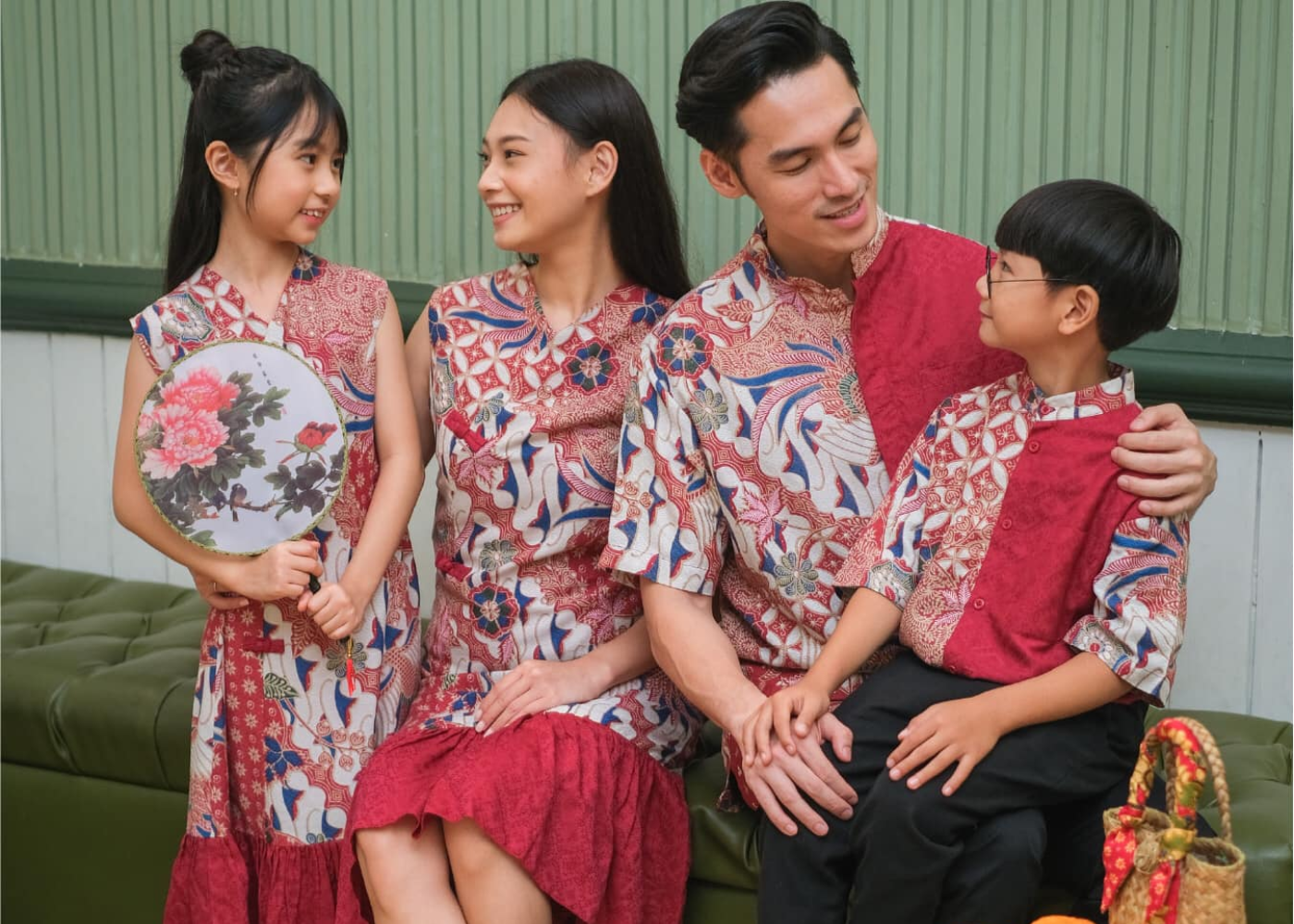Batik is more than just a fabric; it's a canvas of cultural narratives, a tapestry woven with history, philosophy, and artistry. Originating from Java, Indonesia, this ancient textile art form employs a wax-resist dyeing technique to create intricate patterns that transcend mere decoration. Each motif carries profound meanings, often reflecting the values, beliefs, and social structures of the communities that birthed them.
The Art of Batik: A Wax-Resist Technique
The
process of creating batik involves applying hot wax to fabric, typically cotton or silk, using tools like a canting (a small spouted tool) or a stamp. The waxed areas resist dye, and after the fabric is dyed, the wax is removed, revealing the design. This method allows for the creation of detailed and multi-layered patterns, with each piece being unique due to the handmade nature of the process .
Symbolism in Batik Patterns
Batik patterns are rich with symbolism, often conveying messages about life, nature, and society. Here are some notable motifs and their meanings:
Kawung: Resembling the cross-section of a palm fruit or a lotus flower, this motif symbolizes purity, balance, and the cyclical nature of life. It reflects the Javanese philosophy of achieving harmony between the physical and spiritual worlds .
Parang: Characterized by diagonal lines descending from high to low, this pattern is inspired by ocean waves. It represents strength, resilience, and the continuity of life. Historically, it was reserved for royalty and nobility, signifying high social status .
Sekar Jagad: Translating to "flowers of the universe," this motif is often associated with weddings and symbolizes love, unity, and the interconnectedness of all beings.
Truntum: Legend has it that this pattern was created by a queen to rekindle her love for the king. It signifies renewed affection and is commonly worn by parents of the bride and groom during Javanese wedding ceremonies .
Tambal: Resembling a patchwork quilt, this motif combines various designs and is believed to offer protection and healing, both physically and spiritually.
Batik in Singapore: A Cultural Confluence
Singapore, with its rich tapestry of cultures, has embraced batik as part of its national identity. The city-state's strategic location as a trading hub facilitated the exchange of artistic traditions, including batik. Over time, Singaporean batik has evolved, incorporating elements from Malay, Javanese, and Peranakan cultures, resulting in unique designs that reflect the nation's multicultural heritage .
Traditional Singaporean batik often features motifs inspired by nature, mythology, and cultural traditions. Common designs include flowers, foliage, birds, and geometric patterns. The color palette is vibrant, with red, blue, green, and yellow being prevalent choices .
The Role of Batik in Contemporary Society
In modern times, batik has transcended its traditional roots and found its place in various facets of life. It has become a popular choice in fashion, interior design, and as meaningful gifts. Understanding the symbolism behind batik patterns adds depth to its appreciation, transforming a simple piece of cloth into a profound expression of culture and identity .
Batik is not just an art form; it's a language of symbols, a medium through which stories are told, values are expressed, and identities are affirmed. Whether worn as clothing, displayed as art, or gifted to loved ones, batik serves as a reminder of the rich cultural heritage that continues to thrive in the modern world. By delving into the meanings behind its patterns, we gain a deeper appreciation for this timeless tradition and the philosophies it embodies.
